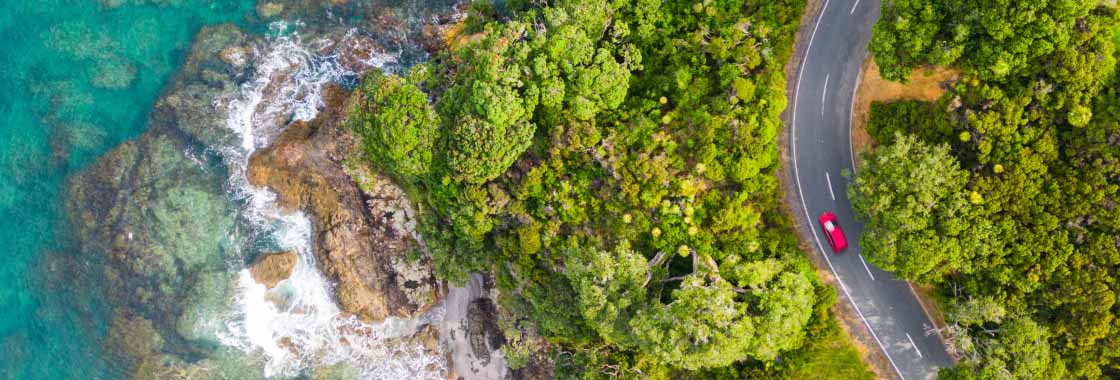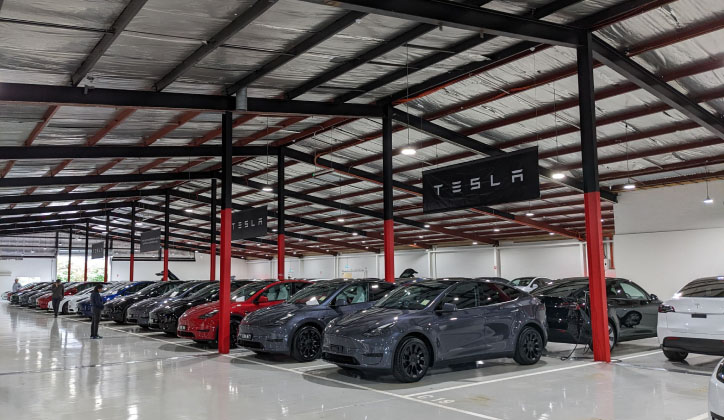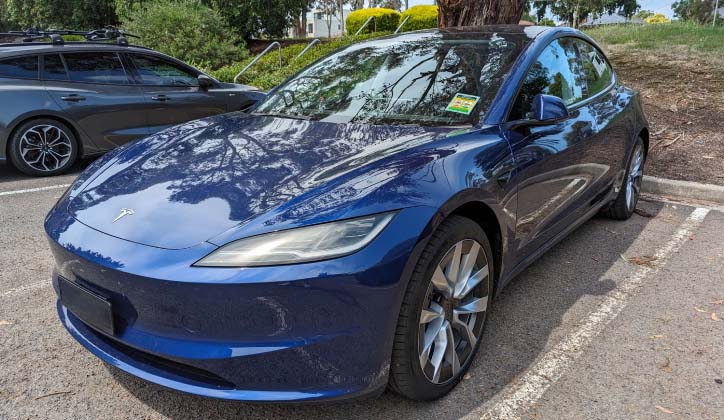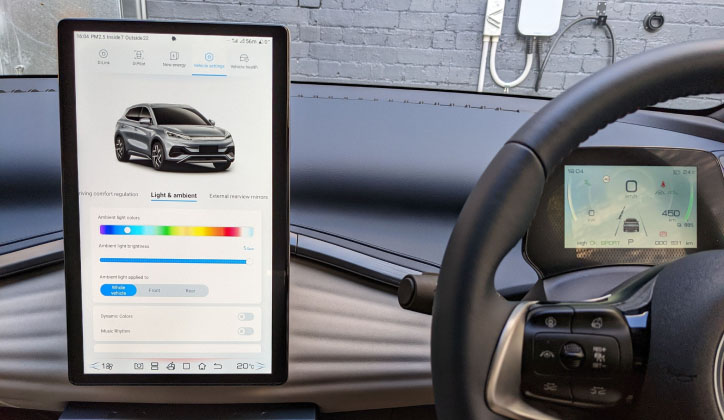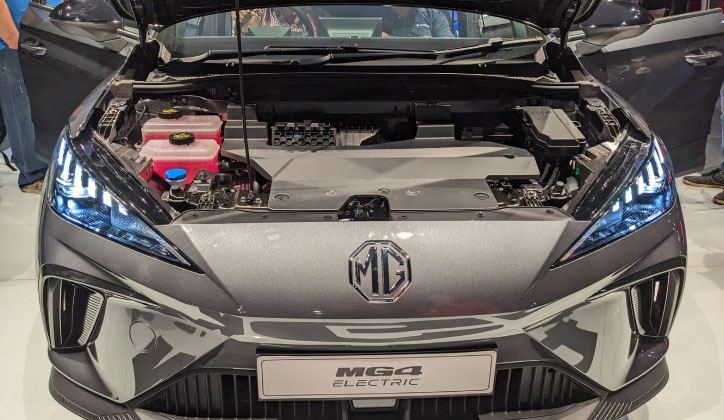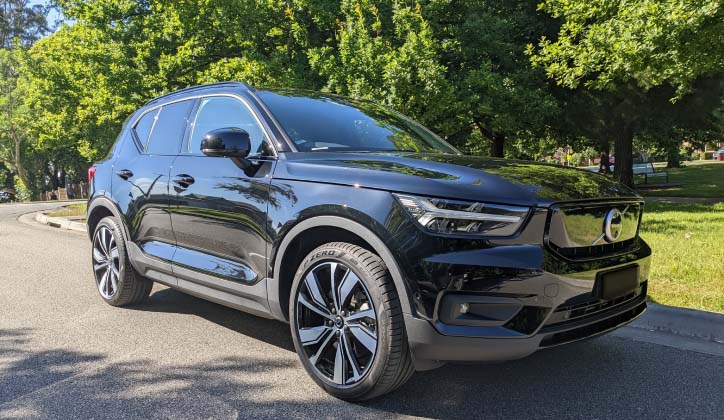Before getting started, it's worth noting that there are a few things that impact the range of an EV. These include weather, road conditions and the way a car is driven.
A standard test used to rate the range of the vehicles is known as the Worldwide Harmonised Light-Duty Vehicle Test Procedure (WLTP).
Each new EV sold locally goes through this test to work out the range it's likely to get in the real world. As an example, Australia’s most popular EV, the Tesla Model Y, has a WLTP starting range of 455 km.
